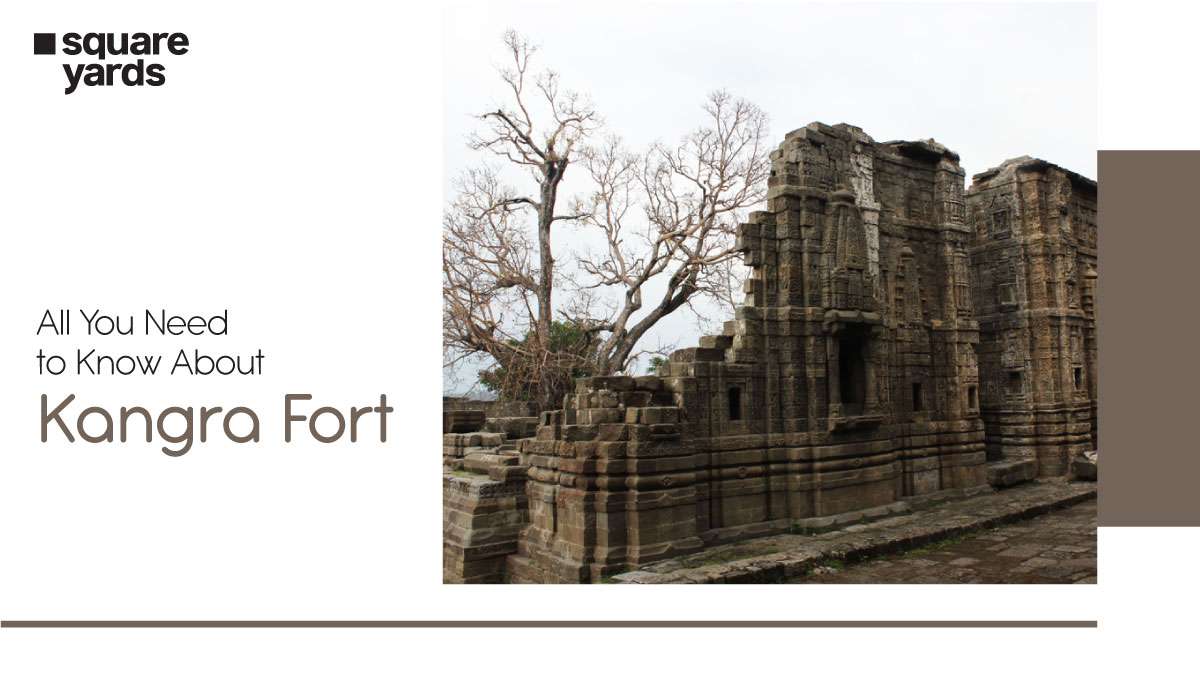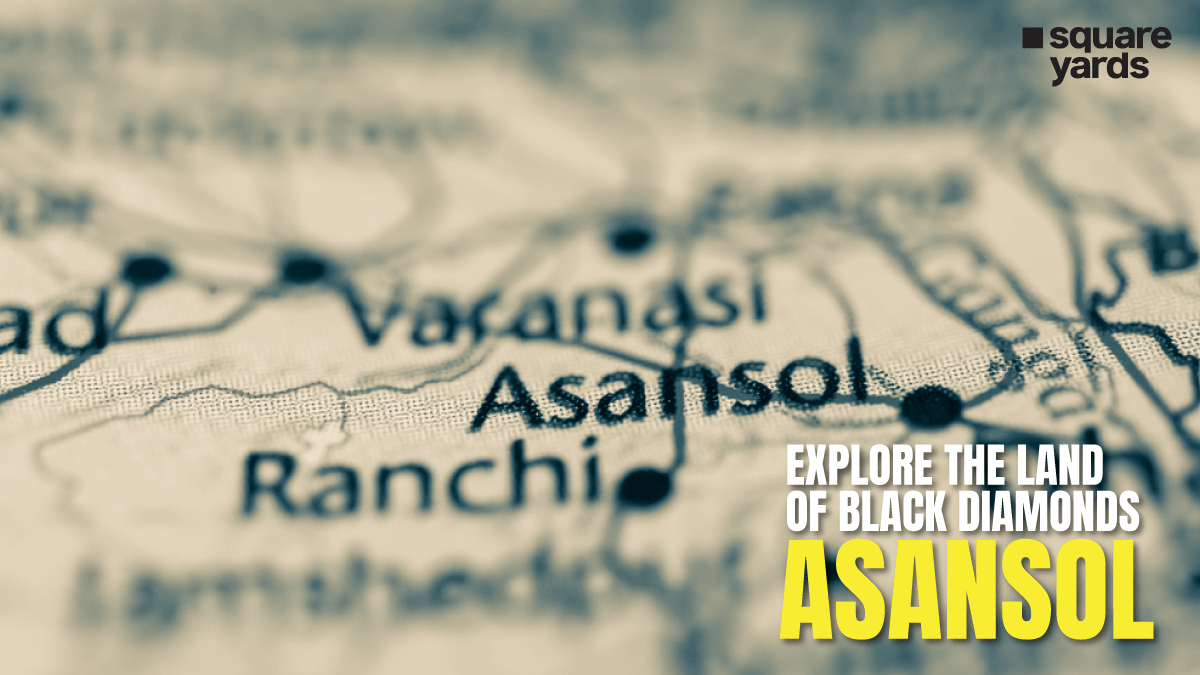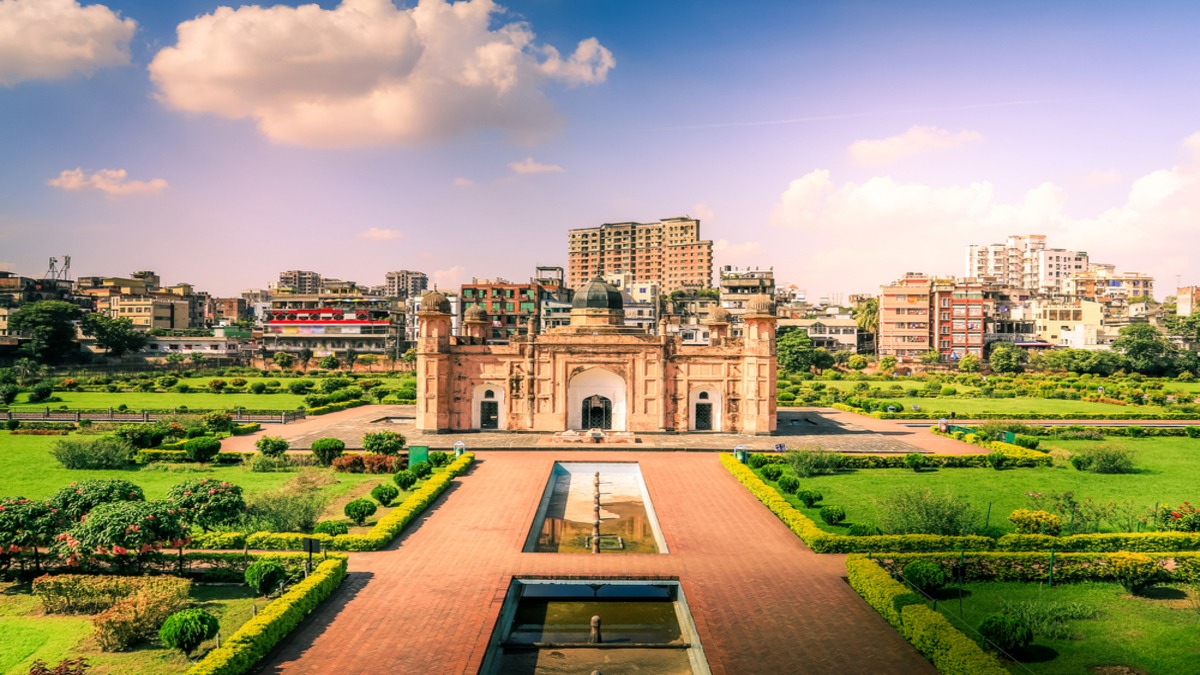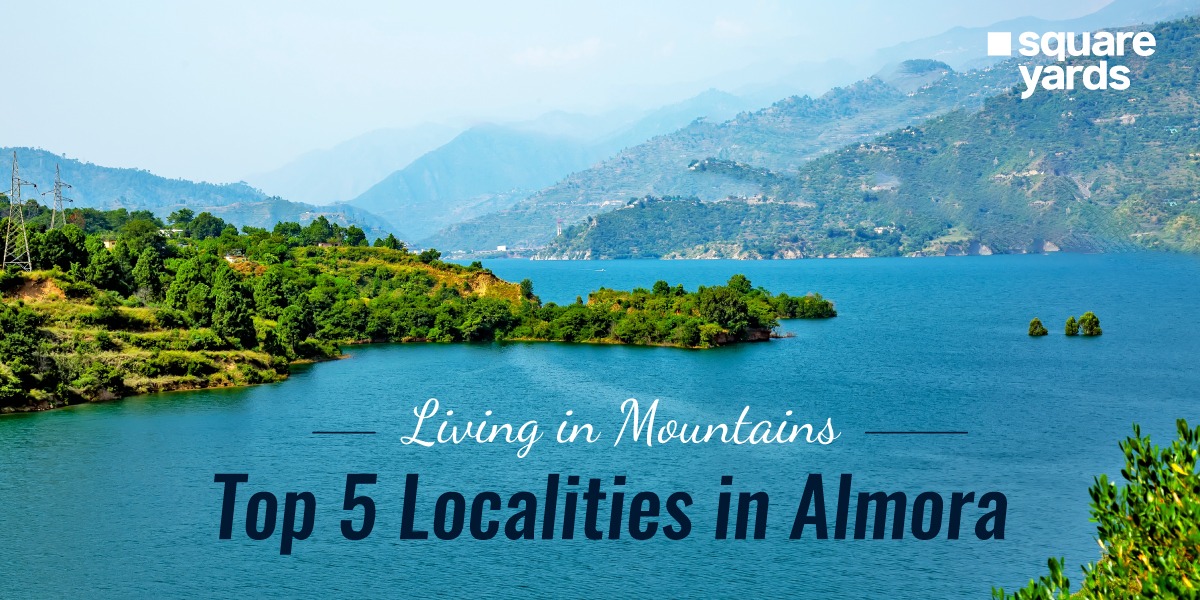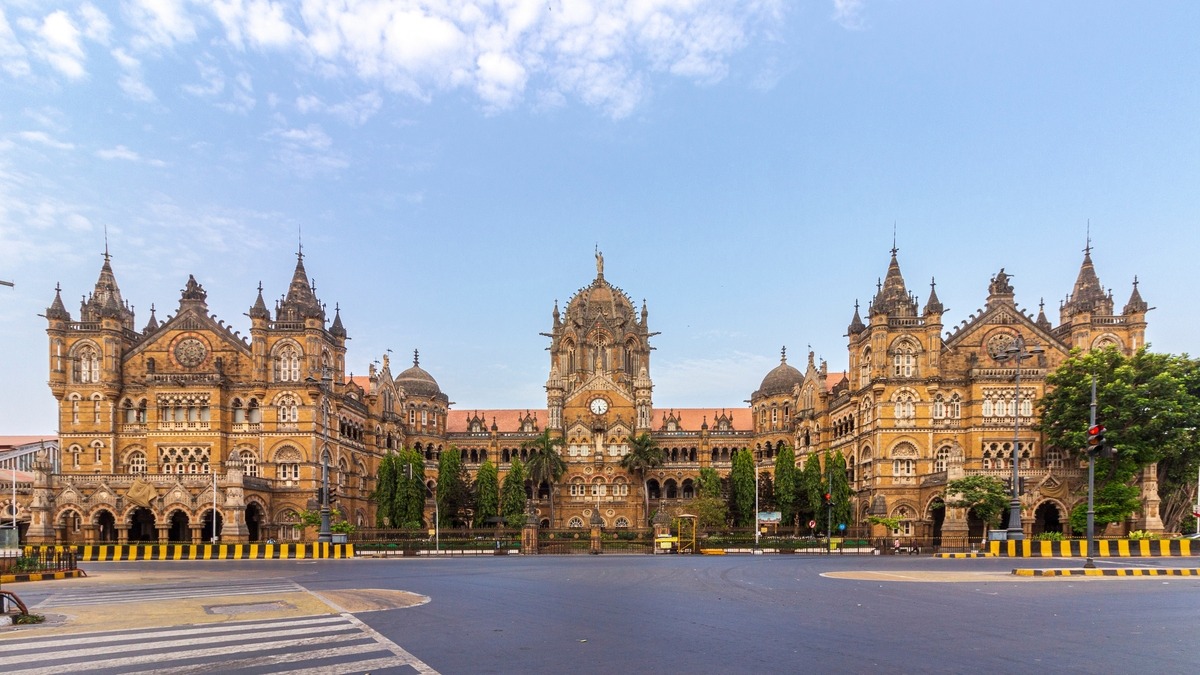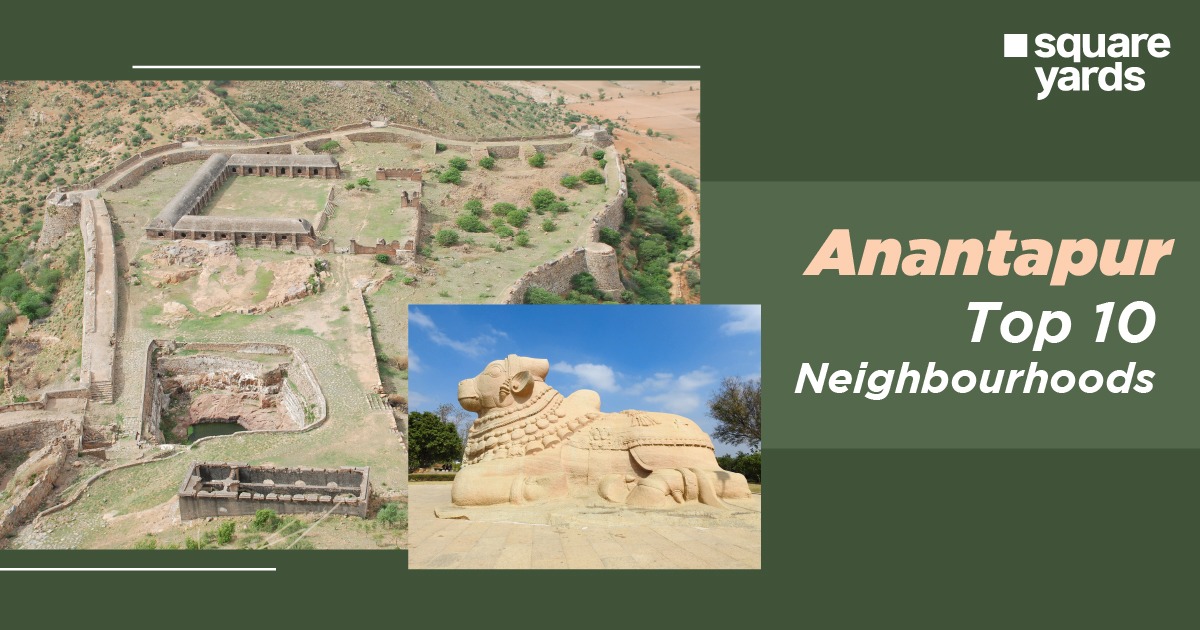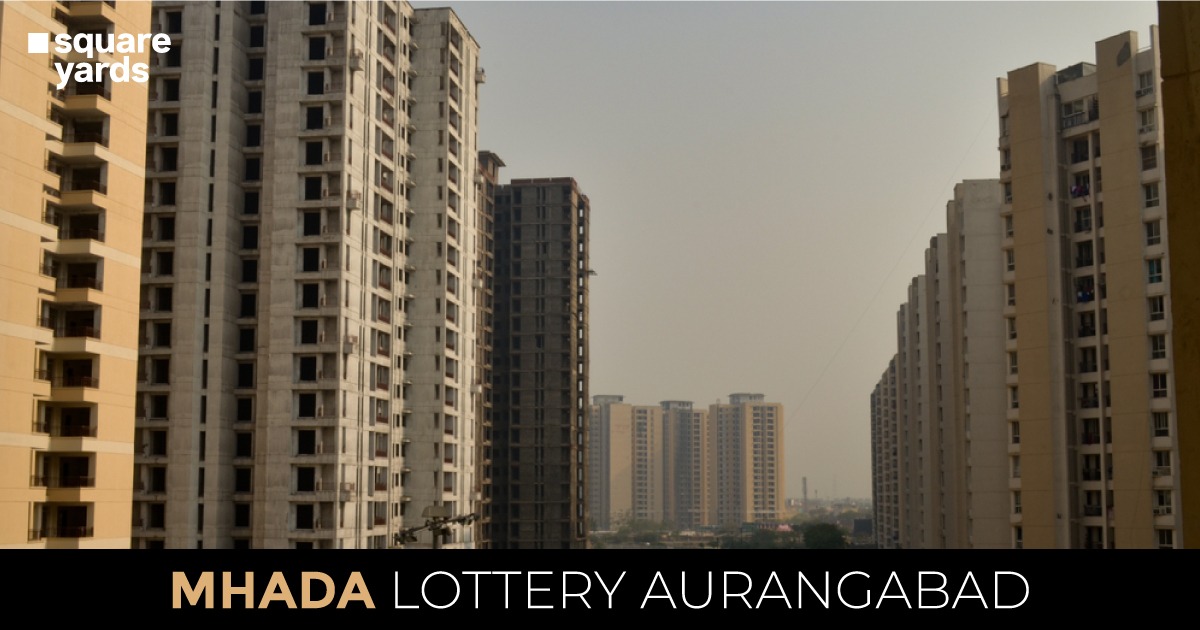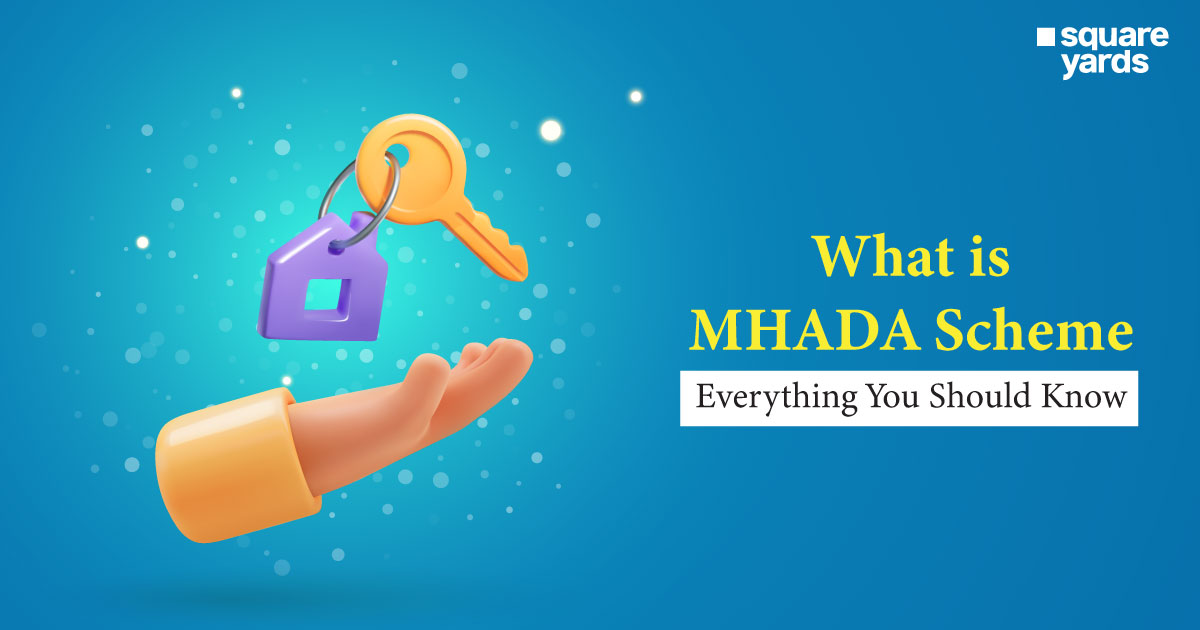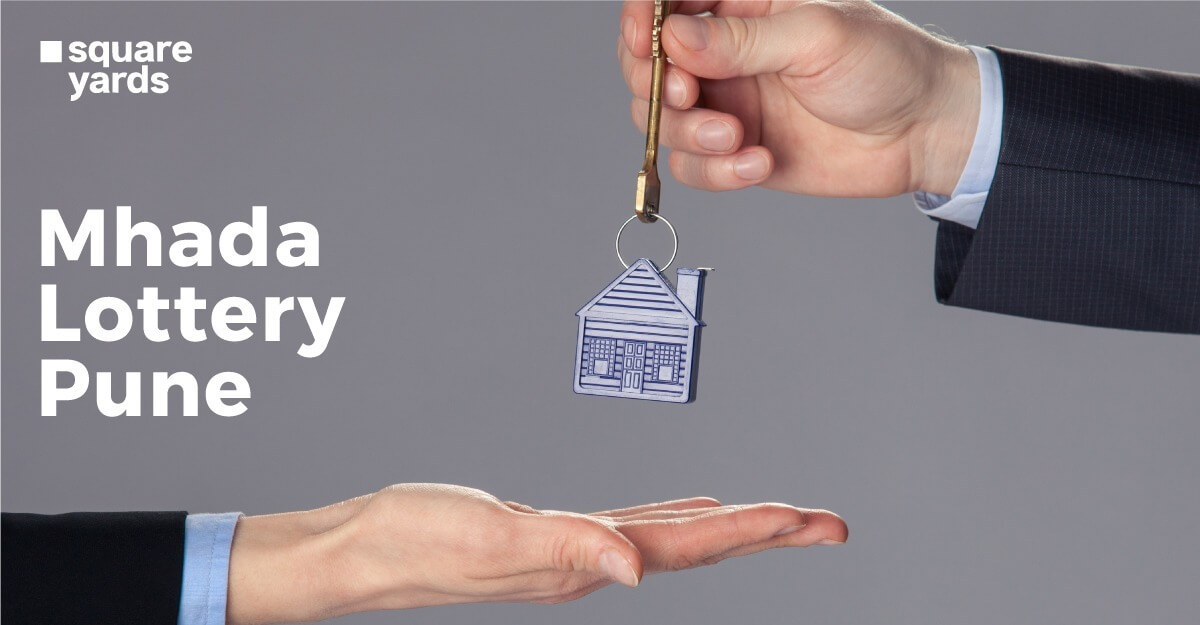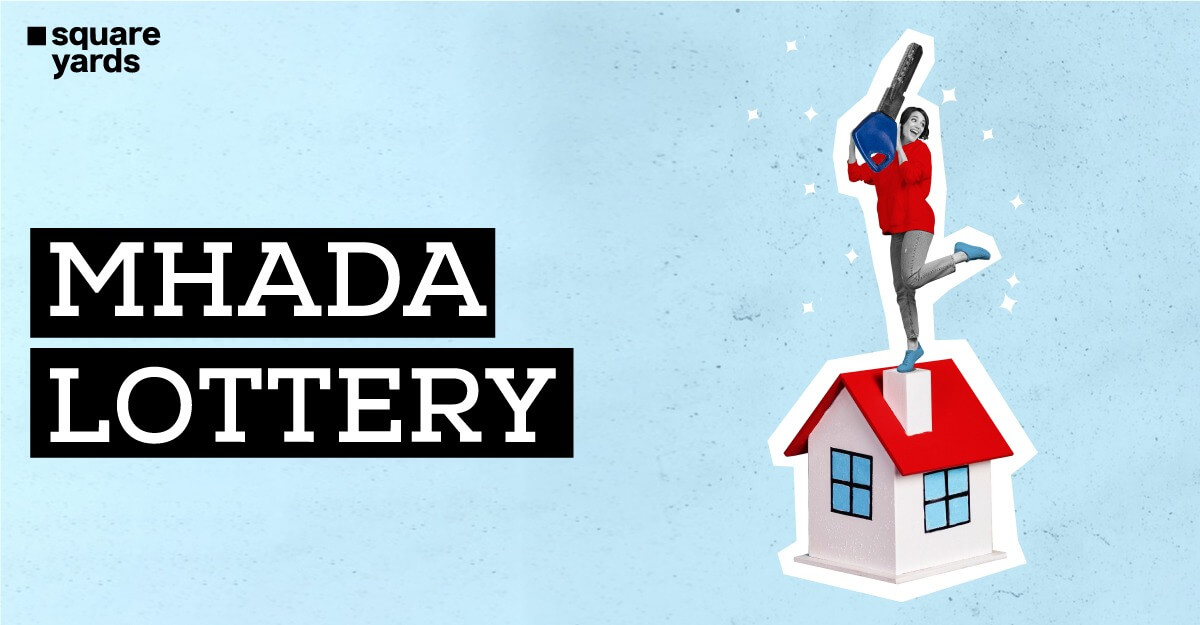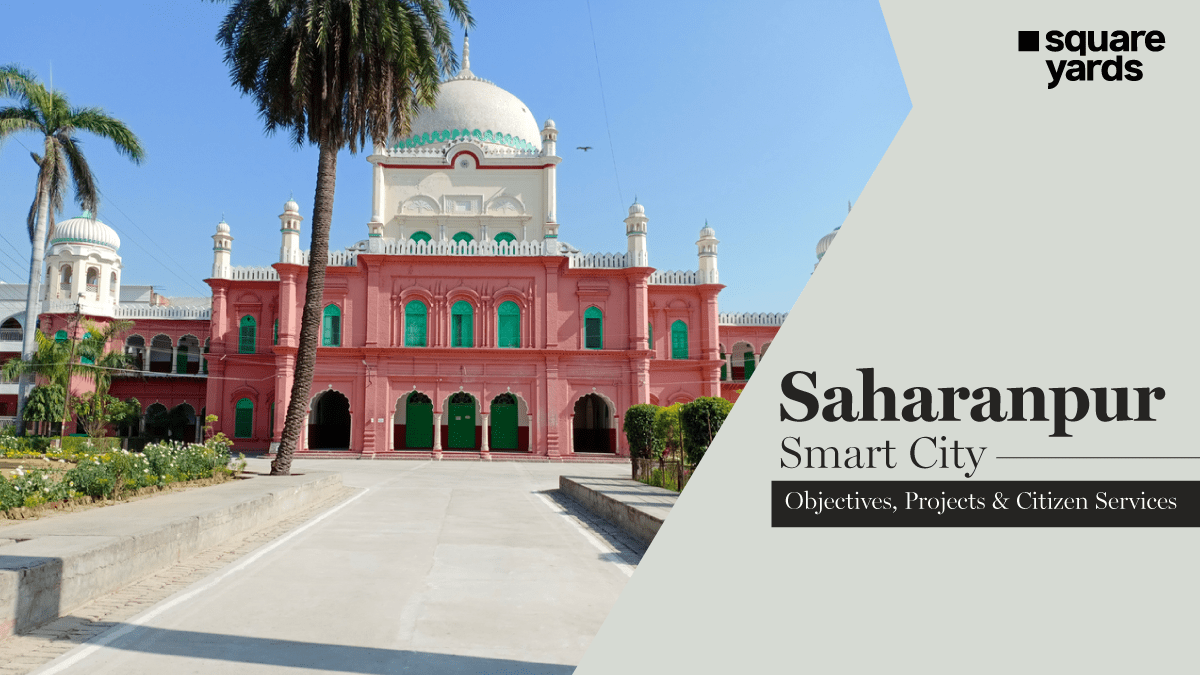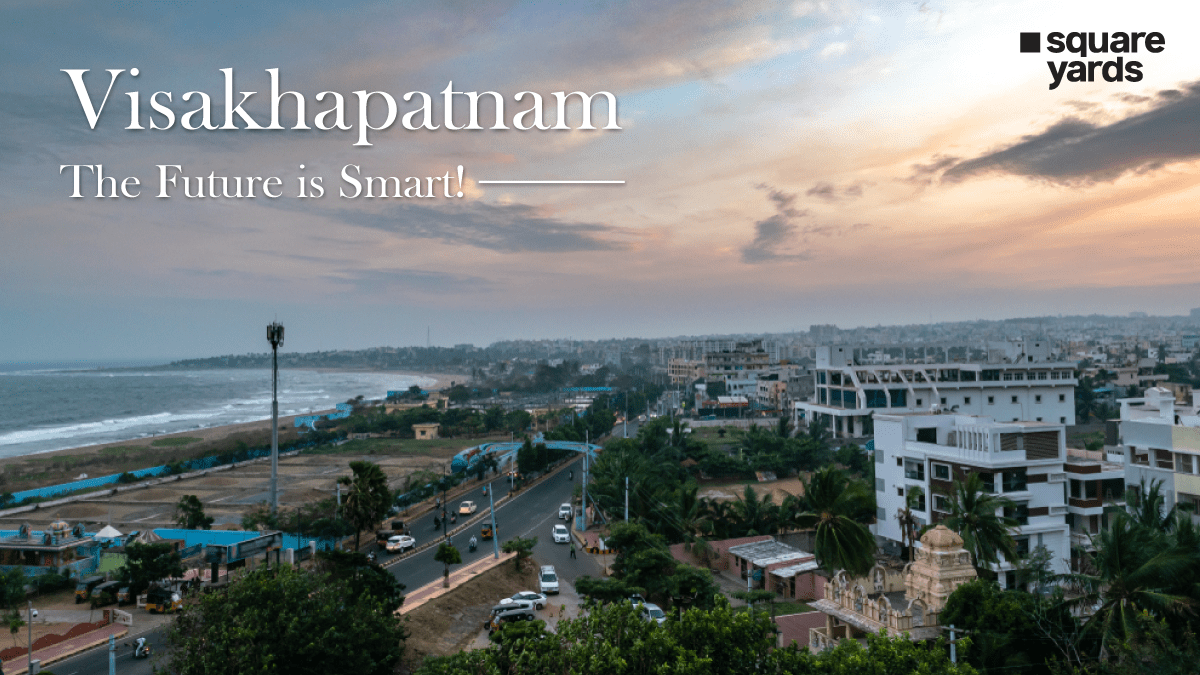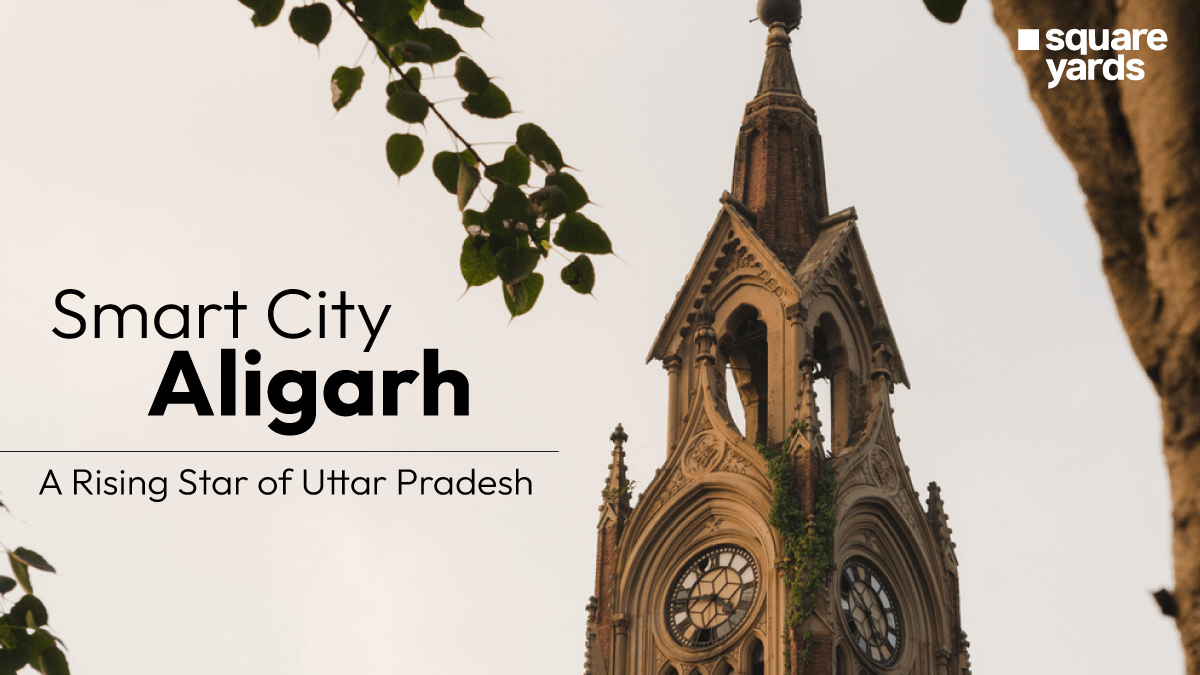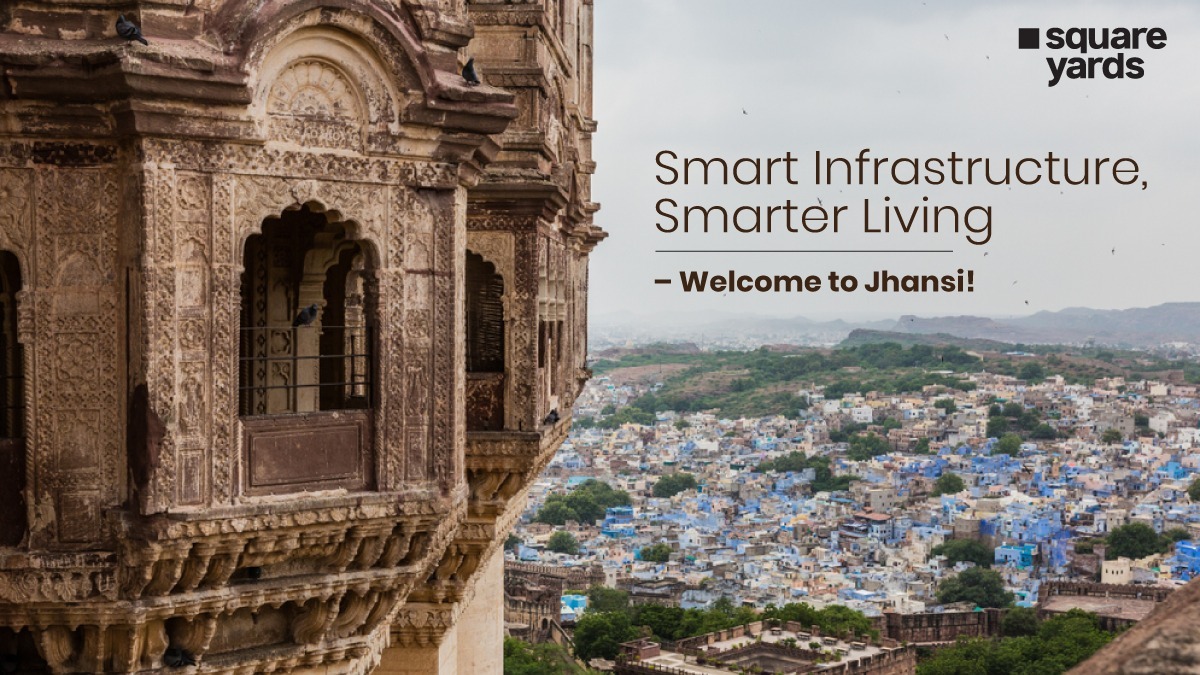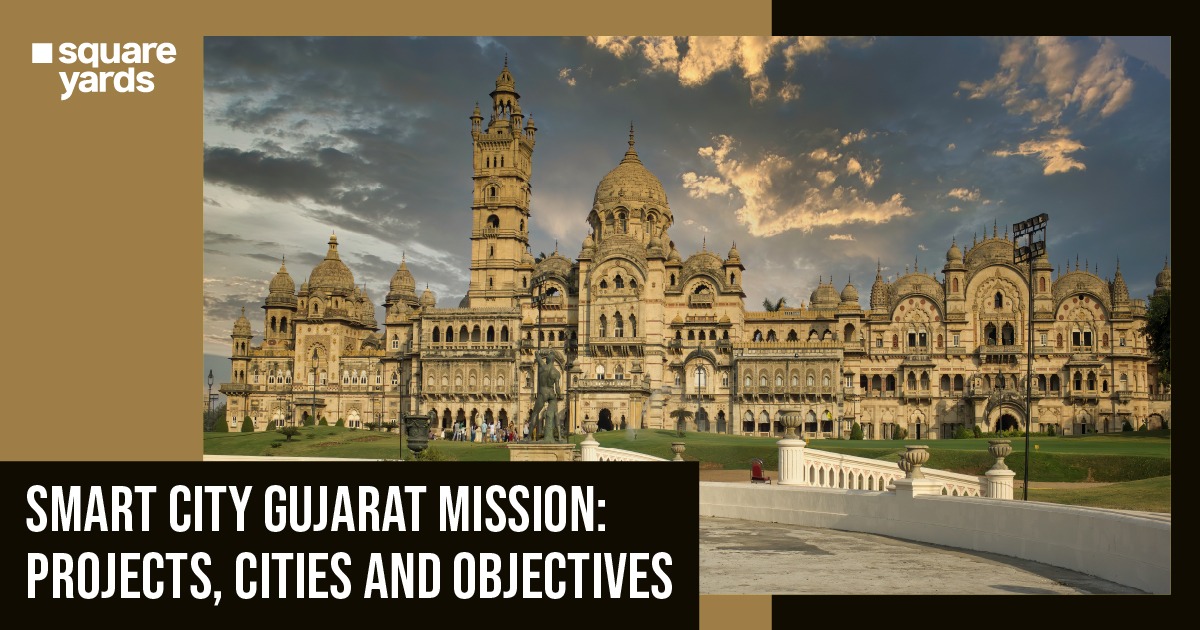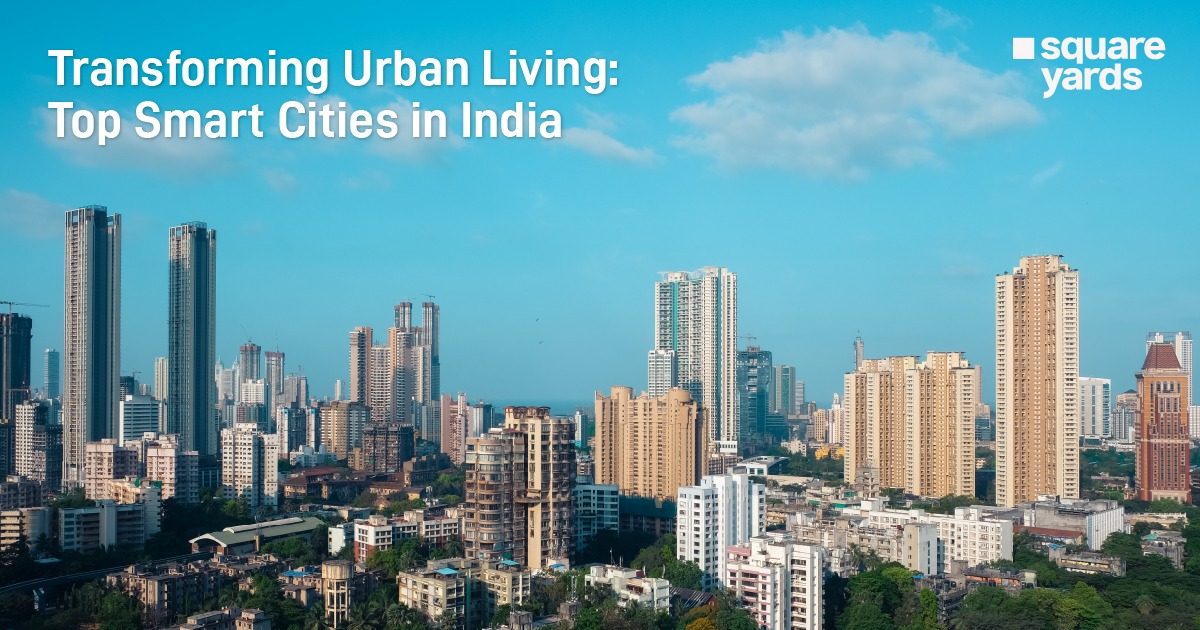Nearly 3500 years ago, Katoch Maharaja Sushma Chandra built the Kangra Fort in what is known as Himachal Pradesh in today’s India. Following his victory over the Kaurava princes in the Mahabharata, Shushma wanted to build a safe haven for himself and his dynasty that could withstand any atack or any army for many centuries to come. In this writeup you will get to tour through the Fort’s history, its architecture and its formidableness that only a few attackers have succeeded in breaching.
Table of contents
All About the Kangra Fort
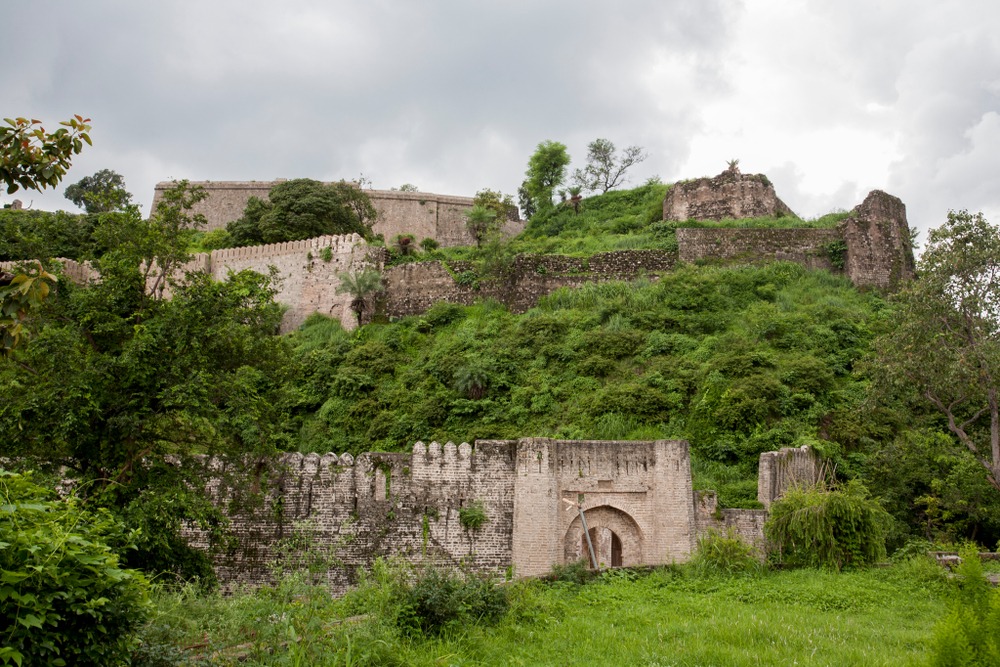
India is popular for its history and culture. It’s beautiful architecture tells the glorious stories of ancient kings and queens. Kangra Fort, or Kangra Kila, is one such example that has greatly contributed to Indian history. It was once believed that “he who owns the Fort of Kangra, will rule the Kangra”. Based in Himachal Pradesh’s Dharamshala district, the Fort is one of the oldest monuments where treasure hunting has been the main buzz. It is counted as India’s eighth largest Fort and is no doubt one of the many popular Forts in India. With temples and mosques built inside its campus, the Fort is a blend of Hindu and Muslim architecture, making it even more relevant to visit.
Kangra Fort’s history is said to be still under the sheet, with stories mentioning that over the span of its existence, a multitude of wells were dug and filled with expensive and exquisite jewels. In today’s scenario, the Fort of Kangra is turned into a museum where you can find photographs and artefacts used for educating the visitors about its rich history. Let’s know more about Kangra Fort’s history and how it came to be percieved as one of the secret keeping places in India.
History of Himachal Pradesh’s Kangra Fort
Almost 3500 years ago, Maharaja Sushma Chandra of the Katoch dynasty built the Kangra Fort. This was after he defeated the Kaurava princes in the Mahabharata. Kangra Fort was constructed with the king’s intention to build such a dome which can safeguard the kingdom and the king from the enemies during the attack.
Because the Fort of Kangra always remained flooded with treasure, there were many kings like Mahmud Ghazni, Alexander the Great, and more, who tried to invade the fort. The reason behind the brimming treasure troves of the Kangra Fort is that the Hind rulers of south-Asia used to send gold, silver, and an immense number of jewels as an offering to the deities inside the temples at the Fort. The reason behind these offerings was to earn meritorious karma, so much so that it became difficult to manage the treasure wells inside the Fort.
Interestingly, Kangra Fort’s very first attack came from a king named Shreshtha, the then Raja of Kashmir, in 470 AD. As per foreign invasion’s record, no ruler has ever managed to at least step inside the fort, until Ghazni Mahmud, who managed to break the defences of the Fort in 1009 AD. His attempt is said to be so close to perfection that the garrison that was guarding the Fort, did not even hinder his entry. It is amazing to imagine the action, isn’t it?
Don’t Miss : History of Jaisalmer fort
Architectural Design of The Kangra Fort
The fort of Kangra is spread over 463 acres, with a long area of 4 kms on each side of the outer circuit. From its majestic ramparts, the fort used to be monitored by the soldiers. There are black stone walls surrounding the arena that keep the essence of its background in a right place. Along with 23 bastions and a palace courtyard, there are a total of 11 gateways at Kangra.
This courtyard has been dedicated to many Hindu gods and goddesses, including Ambika Devi, Lakshmi Narayan, and Lord Mahavira. Here, a door named “Andheri Darwaza” is quite a visiting place which is just outside the main temple. This is also known as a defence gateway that is 7 meters wide, with a height of 15 ft.
What’s Inside Kangra Fort Kila?
We mentioned “treasure wells” in the start of the article. These wells were 21 in number and each 4 metres deep and 2.5 metres in circumference. It is in the records that Ghazni’s Sultan, Mahmud, looted eight wells. And if we consider what the locals say, there are eight wells which are yet to be discovered.
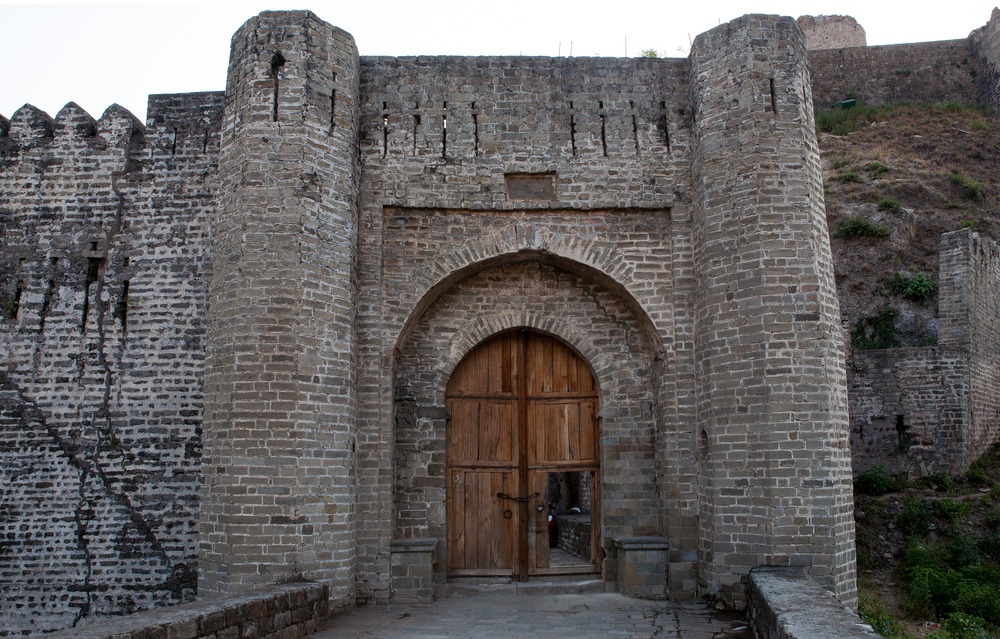
Let us look at some destinations where you may pause and learn the mystery behind it:
- Maharaja Ranjit Singh Gateway
The initial gate was actually the last construction built by Sikh King, Maharaja Ranjit Singh. Followed by this path is a huge water tank and nothing more before you could move to the next gateway.
- Ahani Gateway
This is a door with two different stories where a dome-shaped opening can be witnessed on one of the sides. The Ahani gate has spikes of iron to be protective if an attack takes place. After this doorway, another construction is called Amiri gate. This is stated to be built for the nobles and was constructed by a Muslim ruler.
- Jahangir Gateway
After the Amiri gate, you can have an uphill trekking experience with a view of lower defensive walls of Kangra Fort. Just after this, visitors can see the Jahangir Gate which was obviously built by him and hence was named after him. This is stated to be a sign of the Mughal emperor’s victory over the fort. The gate was built over an already existing gate of Kangra Fort.
- Ambika Mata Temple
This temple is next to the ruins in the courtyard. . You can see the heighted pillars and carved black stones all around the temple. Mata Ambika is said to be the clan deity of Katoch rulers. From her, the dynasty started and created a history. Thus, the importance of this temple gains tourists attention.
- Jain Temple
The next place to pay a walk is the Jain Temple. Just next to the Ambika Temple, this was built when Lord Adinath was alive and hence, holds the significance for the Jain faith. Even today, this significance is carried forward when certain Jain festivals arrive and the community wishes to celebrate at this auspicious spot.
- Laxmi Narayan Temple
Through the Darshini Gate on the left side, there is a carved stone that attracts the visitors automatically. It was the actual place where Laxmi Narayan used to reside. You may walk inside through the door but the construction is quite ruined to understand its real design.
- Maharaja Sansar Chand Museum
This is the Katoch family tribute where some ancestral belongings are kept for display and speak loud about their glorious days. The museum contains old books, ancient weaponry, jewelry, and outfits of princes and princesses.
Interesting Facts About Kangra Fort Kila
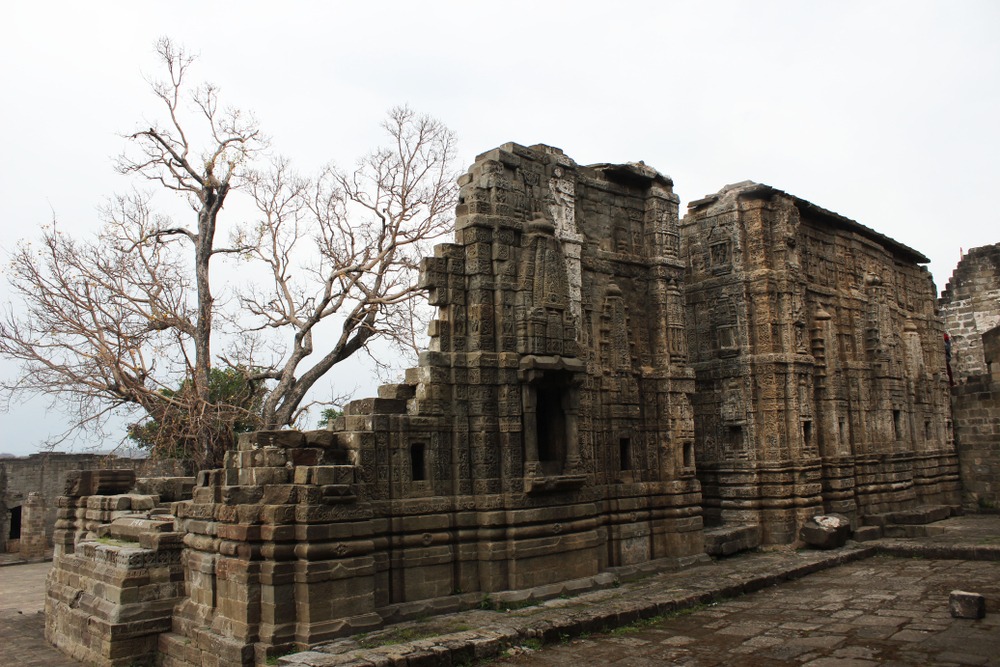
- The Kangra Fort has a strong and lengthy history of attacks and due to this, some new and modified constructions took place which are very diverse from its initial architecture.
- The sunset at Kangra Fort is a beautiful occasion and is a main contributor in driving tourists to the Fort.
- Due to 1905 earthquakes, the fort even went through a huge destruction and hence, slight changes can be witnessed.
- After Akbar’s son, Jehangir took possession of Kangra Fort, a mosque was built inside the arena.
- Being settled in the mountains, there are a lot of trekking tasks inside the fort as well.
Don’t Miss:- Interesting Facts About Laxmi Vilas Palace
Kangra Fort Online Ticket, Best Timing and Entry Fees
Kangra Falls is the most adorable and soothing place in Himachal Pradesh, where winter compliments the Fort best. The entry time to Kangra Fort Kila is 9:00 am to 5:30 pm. It is advisable to keep an hour at buffer to make your visit worthwhile with the sunset. To save time, it is advisable to book Kangra Fort online tickets at the best price.
Entry Fees differ for Indian and foriegn visitors. The domestic visitors can have a look of the entire fort @Rs.150, and others @Rs 300. The Maharaja Sansar Chand Museum has a different minimal charge of Rs. 5 for every visitor.
Easiest Ways To Reach Kangra Fort
- Visitors can take a flight from Kangra airport. This also serves the Dharamshala and McleodGanj township. It is just 14km away from Kangra Fort.
- Kangra and Dharamshala have excellent connectivity by both road and train.
- You may also go by a car or a cab to reach the Kangra Fort.
End Thoughts
Kangra Fort is an amazing monument that gives India pride, and it is a witness to the country’s diverse heritage and religion. Undoubtedly, visiting Himachal Pradesh should be in the bucket list of every traveller’s bucket list, and your journey in this hilly heaven should not end without a visit to Kangra Fort.
FAQs
Why is Kangra Fort famous?
The Fort of Kangra in Himachal Pradesh’s largest Fort, counted as one of the major tourist destinations in the state. The number of attacks and the wells of treasure is the reason behind its popularity. The Kangra Fort Kila sustained numerous attack but Mughal Emporer Jehangir is said to be the only Muslim ruler who took control of the the Fort in 1620 from Raja of Chamba.
When was Kangra Fort built?
The Fort of Kangra was constructed in the fourth century B.C. It is referred to as the ancestarial monument of the Katoch family.
Who was the first king of Kangra?
According to Mahabharata, King Susharama Chandra is believed to be the founder of Kangra Fort. It was earlier named Bhim Kot.
Why is Kangra called Kangra?
During Mahabharat, Kangra was called “Bhimkot”. It was a part of ancient “Trigarta”. This means the territory possesses three rivers: the Satluj, the Beas and the Ravi. And hence, the name Kangra was given to the fort after Maharaja Sushma Chandra owned it.
Who made the mosque in Kangra Fort?
Jehangir was the very first Mughal ruler who built a mosque inside the Kangra Fort.


